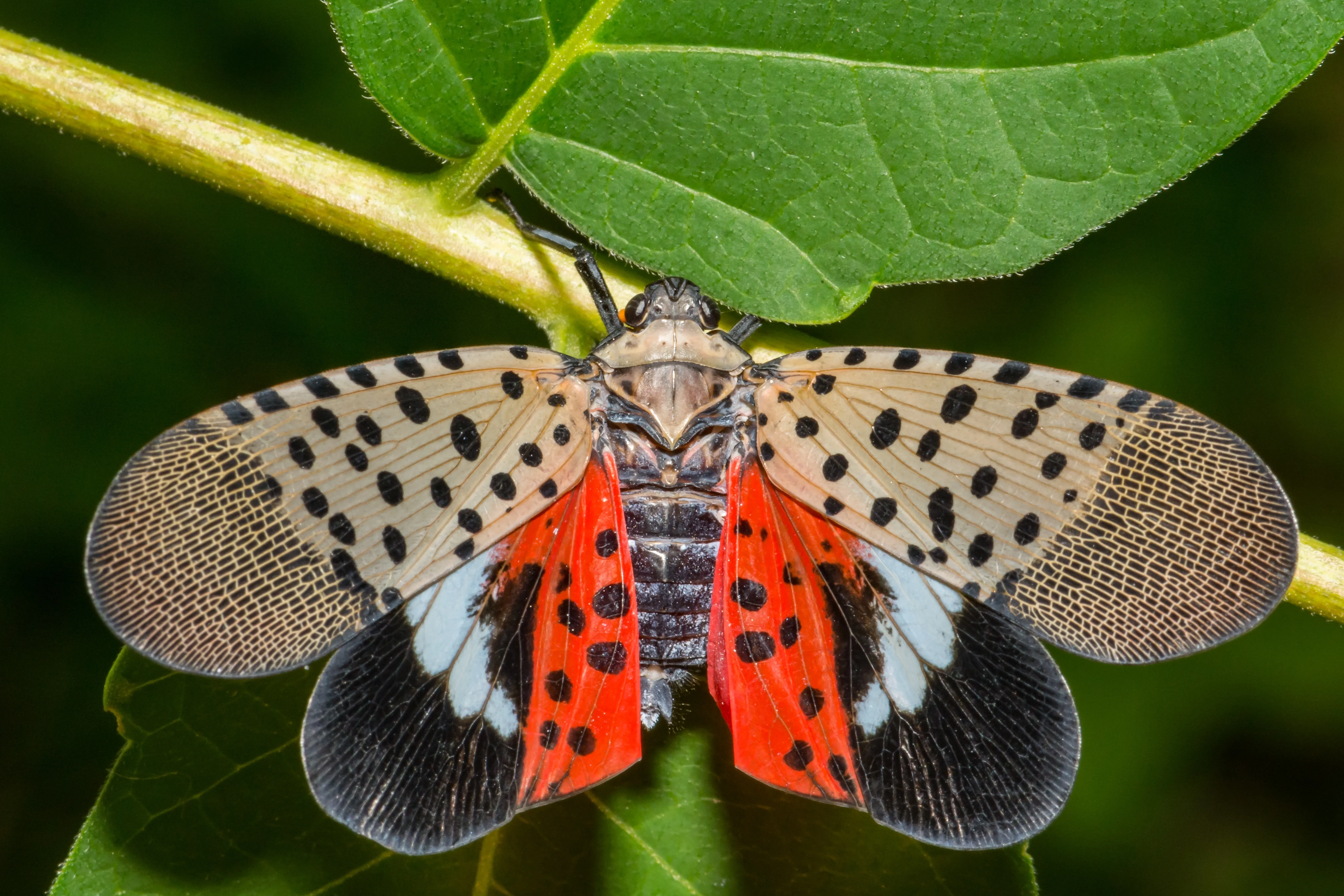Beware the Spotted Lanternfly: A Real-Life Forest Fright

When it comes to spooky forest invaders, few creatures give landowners more chills than the spotted lanternfly. With its striking red wings and swarming behavior, this invasive insect might look like something straight out of a Halloween tale, but the damage it leaves behind is all too real.
A Creepy-Crawly with a Costly Appetite
The spotted lanternfly (Lycorma delicatula) first appeared in Pennsylvania in 2014. Since then, they’ve spread quickly through the East Coast, from New York to Virginia and beyond. Adult lanternflies are about an inch long, with gray spotted wings and a sudden flash of red when they take off, a sight that’s both beautiful and unsettling.
But beneath that colorful exterior lies a destructive habit. Spotted lanternflies feed by tapping into the sap that flows beneath a tree’s bark, using their needle-like mouths to drain the plant’s nutrients. They excrete a sticky substance called “honeydew,” which promotes mold growth and attracts other pests. Over time, this feeding weakens trees and plants, leaving them vulnerable to disease and reducing their ability to grow.
Why They’re a Forest’s Worst Nightmare
For woodland owners, the spotted lanternfly is more than just an annoyance; it’s a serious threat to both forests and farms. While they especially love the tree-of-heaven (Ailanthus altissima), they’ll also target maples, oaks, black walnut, birch, and even fruit trees and grapevines. In large numbers, they can stress or even kill young trees and saplings.
This kind of widespread damage has a ripple effect throughout the ecosystem. Weakened trees store less carbon, wildlife loses important habitat and food sources, and forest health declines over time. For agricultural producers, especially vineyards and orchards, lanternfly infestations can mean significant crop losses.
How You Can Help Stop the Spread
The good news? Everyone can play a part in reducing this invasion. Here’s how:
- Scrape and Destroy Egg Masses:
From late fall through early spring, look for gray, putty-like clusters on trees, firewood, vehicles, and outdoor furniture. Scrape them into alcohol or hand sanitizer to destroy them. - Check Your Gear Before Traveling:
Spotted lanternflies are excellent hitchhikers. Always inspect your car, trailer, and outdoor equipment before moving them from an infested area. - Report Sightings:
Many state departments of agriculture have hotlines or online forms for reporting lanternfly sightings. Sharing your observations helps scientists track and manage their spread. - Support Forest Health:
Healthy, diverse forests are more resilient to pests and disease. Working with a professional forester to manage your woodlands can strengthen your trees and help prevent infestations from spreading.
The Takeaway
While the spotted lanternfly might look like something out of a Halloween story, its impact on forests and farms is a real-life fright. By keeping watch and taking small actions, landowners can help protect the East Coast’s trees, crops, and ecosystems from this invasive menace.
So, this October, if you spot flashes of red wings among your trees, don’t just get spooked. Get involved.